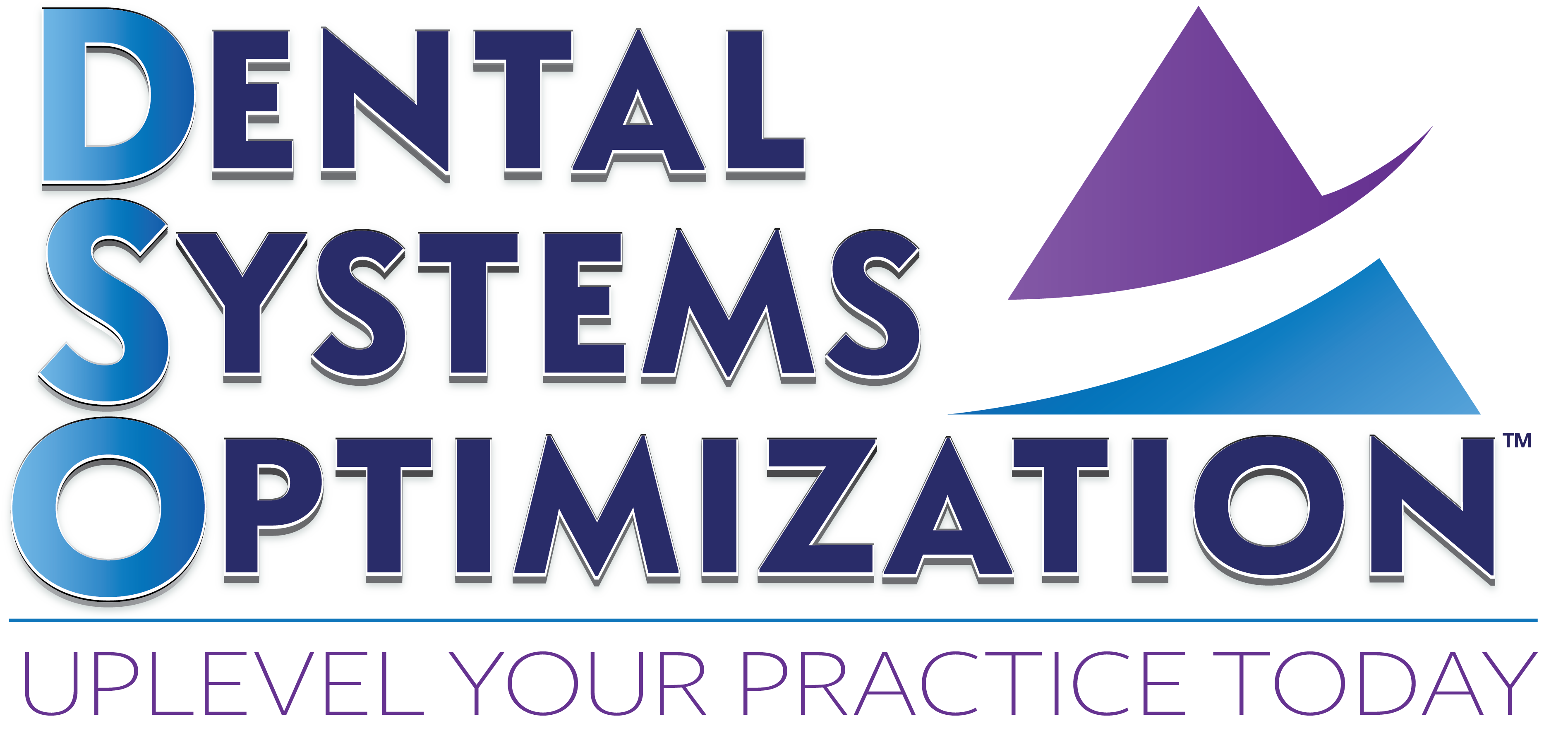The last several decades have seen sweeping changes in the state of dental technology. Better imaging, more effective prosthetics, and a host of new surgical treatments have all improved patient care and outcomes. Now, as we move through the waning days of the COVID-19 pandemic and the changes it brought to dental practices everywhere, it feels natural to take a look ahead. What is coming for dental technology in the next decade? Where are the major changes coming from, and what should practices be aware of? Let’s take a look.
As an emerging technology, 3D printing is ushering in a number of changes across a variety of industries and dentistry is no exception. Prosthetics and other fabrications made using existing CAD/CAM technology offer a number of advantages over their conventionally made counterparts, including being stronger, better fitted, and simply better looking when installed. As the cost of investing in 3D dental printing decreases, more dental practices will invest in that technology, which in turn fuels development and makes it more affordable. Within a decade 3D printing will likely be a standard feature in many dentists’ offices, increasing their flexibility and creativity in providing patient services.
The pandemic helped make telehealth a standard feature for many health care providers, and dentistry has been no exception. Teledentistry has risen to prominence, and many offices have found that it can make life easier for both patients and dentists. Remote dentistry offers advantages in reaching rural patients, patients in marginalized/excluded communities, and patients whose health restricts their mobility. It also makes things easier for more average patients, who might find a quick remote consult easier and more convenient for more basic procedures or checkups. The greater convenience, flexibility, and accessibility of teledentistry mean that it’s both here to stay and will continue to develop over the next decade.
Building on the success of teledentistry, further development and implementation of digital dentistry are coming over the next ten years. This is going to take a variety of forms, as digital technologies expand their role in conventional dentistry. While dentistry, in general, has been relatively slow to up Artificial Intelligence (AI) as a tool, that’s gradually changing. AI combined with improving imaging technologies may soon provide initial diagnosis, highlight potential issues that the human eye may have missed, and provide better record management and inter-office communication options. Likewise, those same imaging technologies and information-sharing capabilities may replace physical impressions and models as a way of building and implementing prosthetics, braces, or clear adjuster treatments. Working in combination with the 3D printing technologies we discussed above, many modes of treatment may become faster and cheaper to implement while delivering improved patient outcomes when compared to conventional techniques.
All of these technologies are in use now, in various forms and to varying degrees. However, some of the biggest changes to come in the next decade still seem like science fiction now. Tooth remineralization or even regeneration are possibilities that the next decade will improve and implement in ways that we have difficulty imagining now. A world in which elderly people suffer from less tooth decay due to improved remineralization is coming. In addition, it’s entirely possible that we may soon see a world in which health care providers are able to regenerate damaged teeth either in whole or in part. That is the bleeding edge of dentistry, but it is entirely possible the next decade may see it become a reality for patients and providers.
While we’re pushing through what are hopefully the final months of the pandemic, it may be easy to retain a feeling of doom and gloom. Looking forward, however, there is much to feel optimistic about in the world of dentistry. Better imaging, better diagnostic tools, and better prosthetics and procedures will lead to better patient outcomes and more effective dental practices. That’s something to both anticipate and be grateful for as we move ahead.

